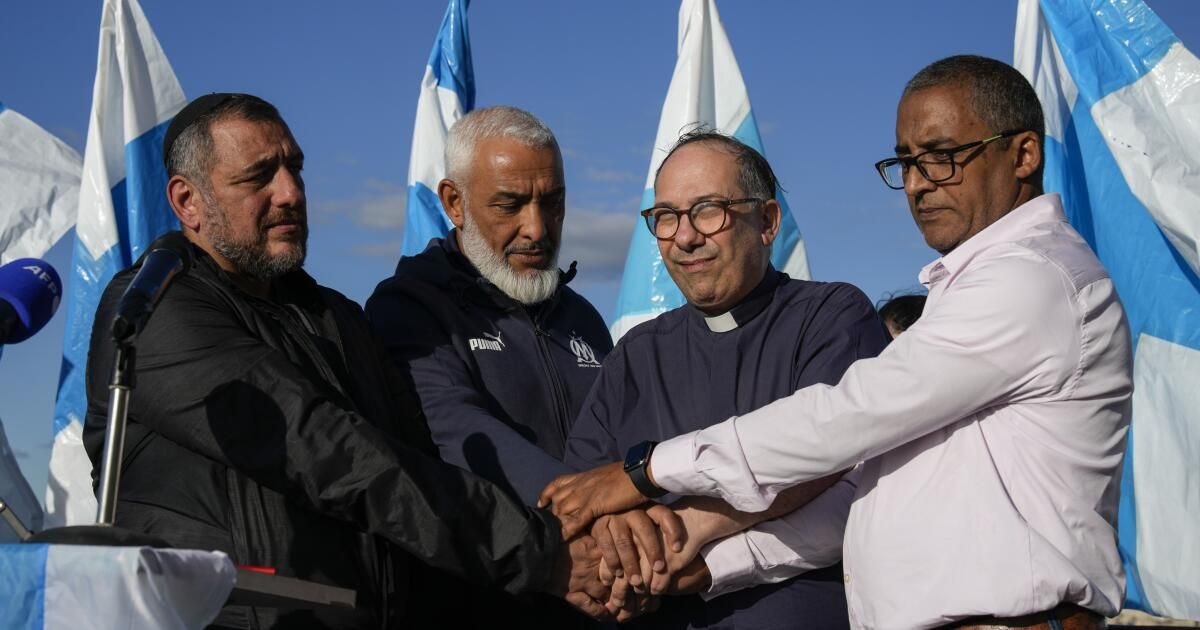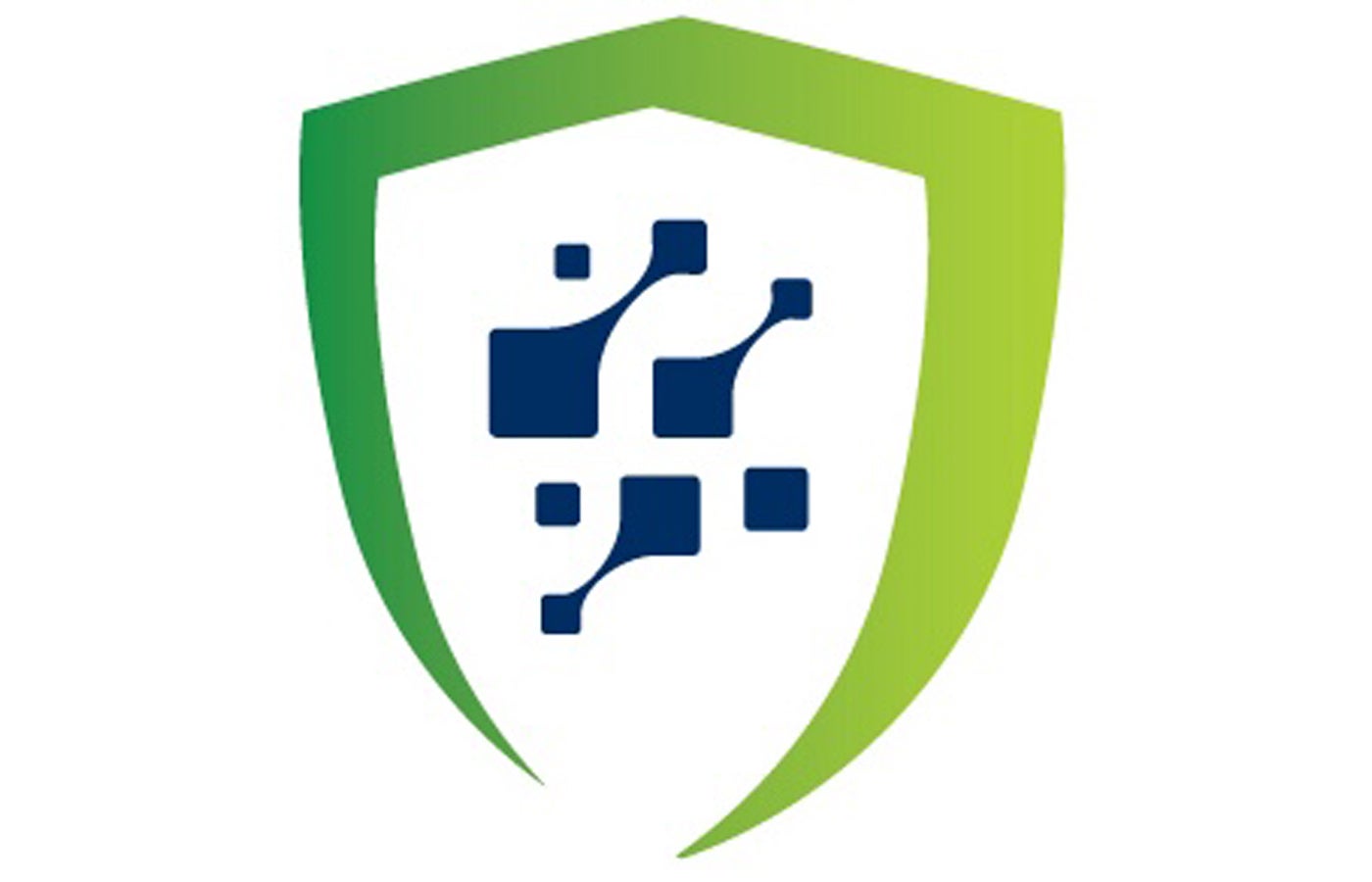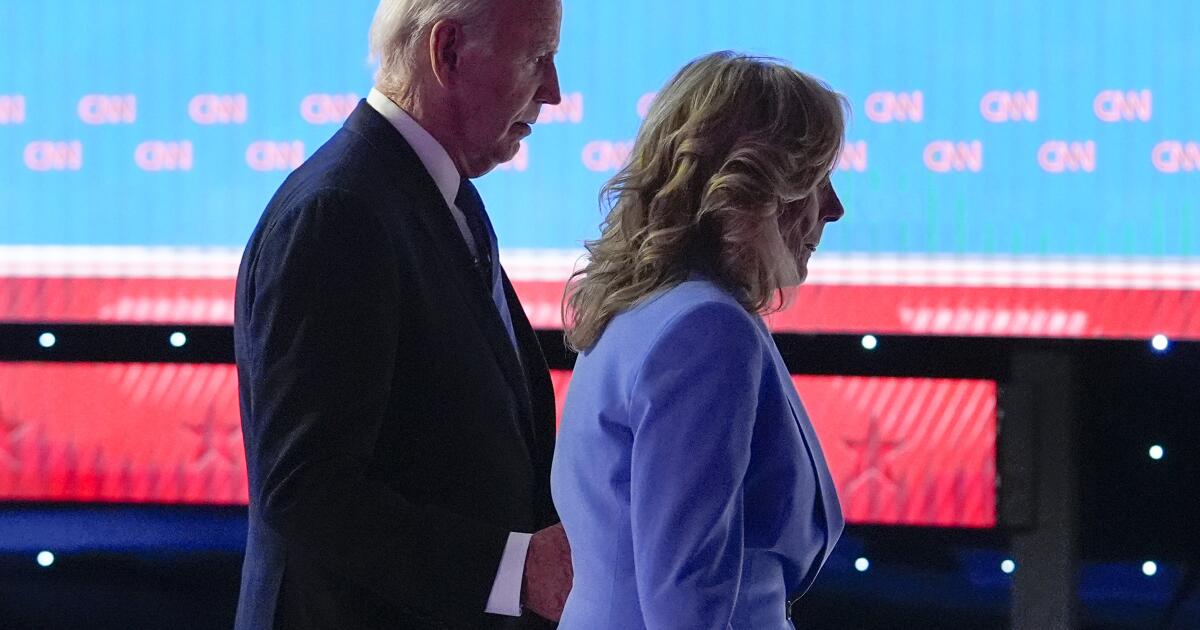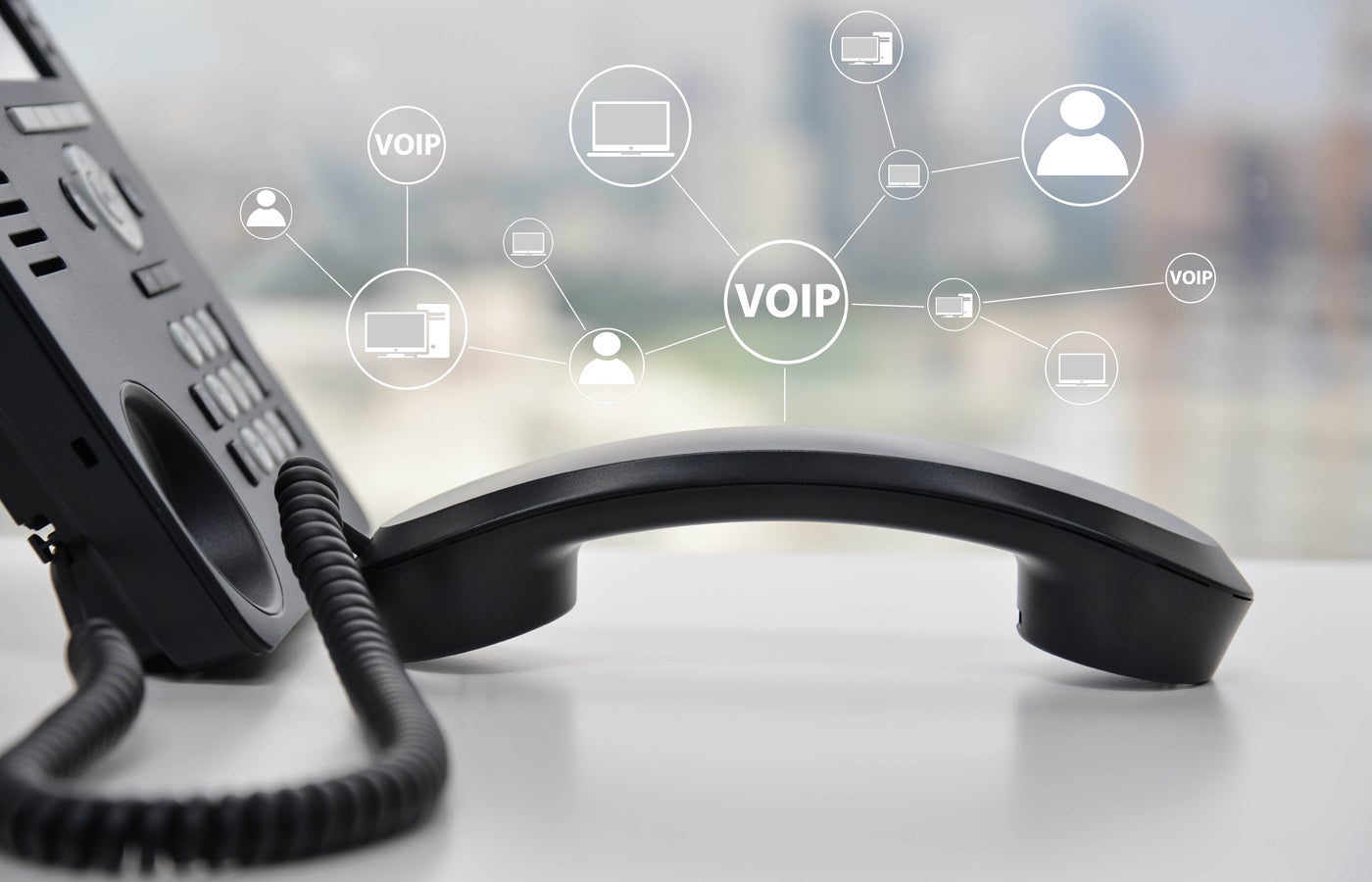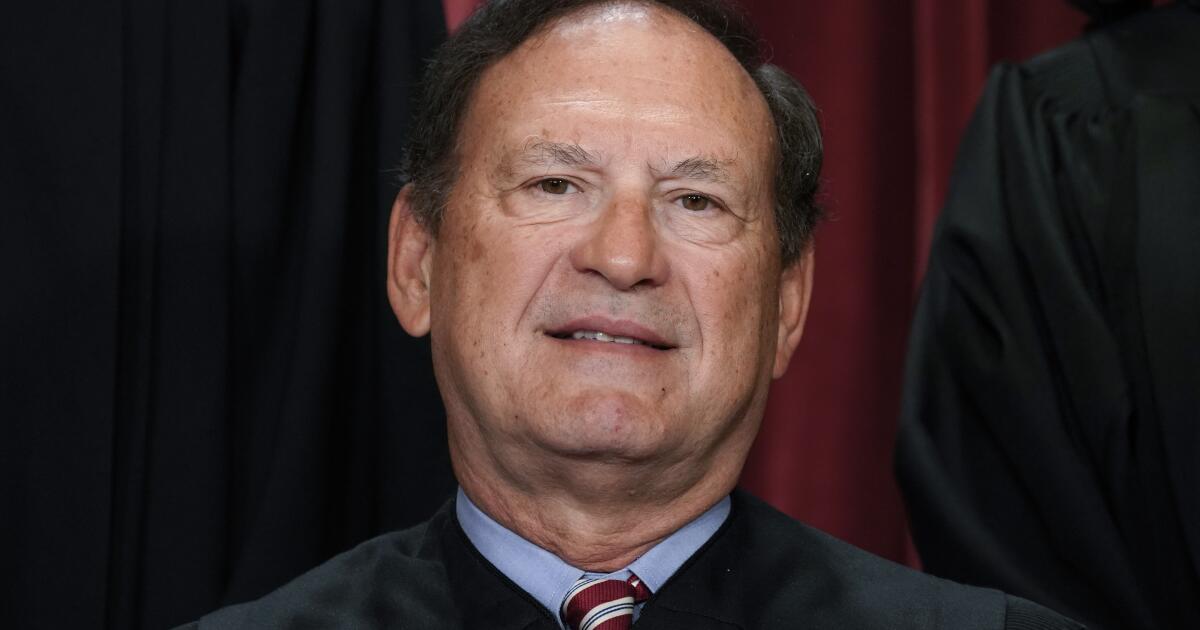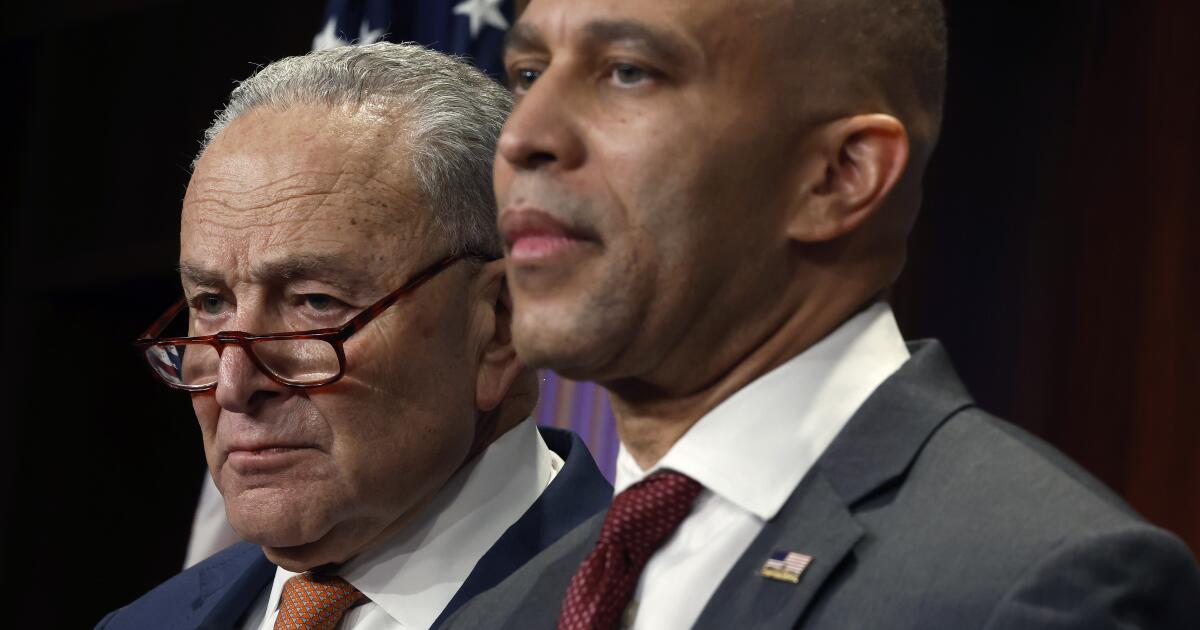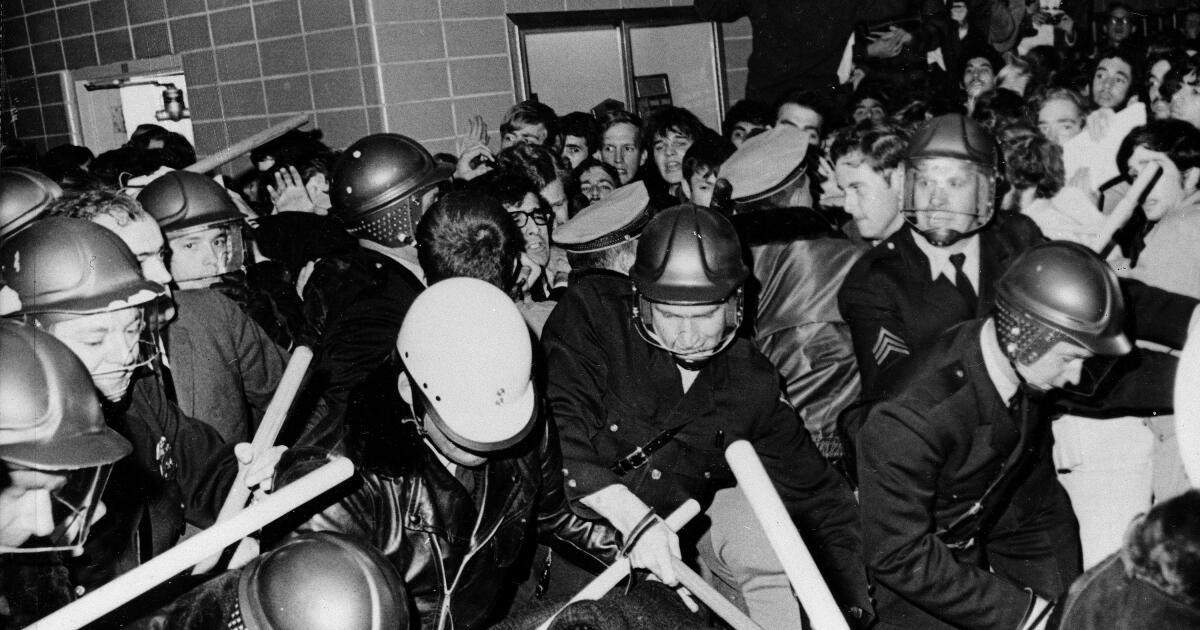One could be forgiven for assuming that the world is on the brink of collapse. There is no shortage of negativity and polarization, even for those who do not look for it.
Social media sets negativity and division as defaults. The politicians are after them. We go through life in a cautious posture, prepared to harden our hearts to strangers.
Choosing a more optimistic and conciliatory path in these man-made conditions requires an almost delirious spirit of rebellion. And yet, it is possible.
The repercussions of the war in Gaza have crossed borders beyond the river and sea and have reached our streets, legislatures and universities. From Israel to the Ivy League, we are shown the most extreme elements of each side, impressing audiences with crude generalizations and a false sense of unbridgeable division.
Us stand out One student's hateful “Zionists don't deserve to live” is enough to caricature pro-Palestinian protesters as invariably plagued by hatred of Jews and reverence for terrorists-turned-martyrs. Us showcase a politician's call to wipe “the Gaza Strip off the face of the Earth” to smear Israel's supporters as cheerleaders for genocide.
Extremists who sabotage the very cause they seek to promote are common to all movements. However, making them the moral of the story only reinforces the idea that this conflict has no solution. We resign ourselves to the cynics' insistence that there is no hope of mixing oil and water.
but there is is abundance in the land of milk and honey.
Despite the magnification of the extremes, a collective of people occupies the center of the Venn diagram, where the two sides intersect and find common ground. I count myself among them.
I work with a diverse collective of progressive Jews focused on addressing anti-Semitism, with an emphasis on how anti-Jewish ideas and implicit biases affect conversations about Israel and Palestine. Underpinning our philosophy is the conviction that empathy for Muslims and Palestinians is an integral part of empathy for Jews and Israelis. As the grandson of a man who was once the only Jewish member of parliament in pre-revolution Iran, I take coexistence between Muslims and Jews personally, although I am not naïve about its challenges.
At a time when people are fed a heavy diet of unconditional solidarity with their “side,” we promote dialogue between communities, as disturbing as it may be, because it implies a liberation despite our disagreements. Instead of taking the institutional approach of arming people with intelligent talking points to “win” debates, we arm them with tools for participation.
We literally meet people where they are, whether at UCLA's Gaza Solidarity Camp or at Jewish associations on campus. We ask questions like “How has this conflict affected you personally?” and “Do you have family on the land?” Personal connections can be made when conversations are not agenda-driven and strict adherence to message discipline is not enforced. We might find that we identify with a person's lived experience, so that instead of seeing an adversary on the other side, we see a couple.
This is not about painting a Pollyanna-style picture. Some reject dialogue, some divisions cannot be disguised, and some harbor hatred.
But I have facilitated conversations with people who believed that Jews should be held responsible for the actions of the Israeli government, but who came to understand the harm of their position. I have led conversations in which people who said they were unable to empathize with Palestinians came to appreciate how connected our futures are.
What ultimately unites people at the center of the Venn diagram is the realization that Israelis and Palestinians cannot afford to be prisoners of a scarcity mentality: the notion that there is not enough for both peoples. Expecting ideological uniformity from our allies is an illusion that harms our ability to see the bigger picture. Regardless of external pressures, we remain anchored in realizing the shared destiny of the two peoples. There will be no exodus of Israelis or Palestinians from the Holy Land.
That sobering realization makes everything clear. Trivial differences are put aside to build partnerships that can translate into political change.
Insisting on our own exclusive justice only inflames division, perpetuates the unjust status quo, and serves the people in power who benefit from it.
For every person who shouts that “there are no innocents in Gaza” or that “all Israelis are settlers,” there are others who center the humanity of both peoples. These are the Israeli and Palestinian activists, religious leaders and community organizers who take to the streets of Tel Aviv and the parks of NY to unite for what is best not for one but for all, because they know that there is no salvation for one without salvation for the other.
Let's look at the alternative: human beings taken hostage, innocent people dying and starving, families grieving and desperate.
The people should not pay for the sins of their leaders. The people want peace.
We have the choice to amplify attention seekers or peace seekers, between broad coalitions or the superficial comfort of our ideological bubbles. We can serve as proof that being pro-Israel does not inherently mean being anti-Palestinian, and vice versa. We can recognize that one people's miracle was another's catastrophe. We can make room for the other's narrative without compromising our own. We can choose the most optimistic path.
The change we long for is possible when we unite around a shared struggle to achieve collective liberation. Peace as we know it requires partners. And for peace to be achieved from the top, it must start at the grassroots.
Daniel Bral is a facilitator and writer on Israel-Palestine issues. @danielbral

